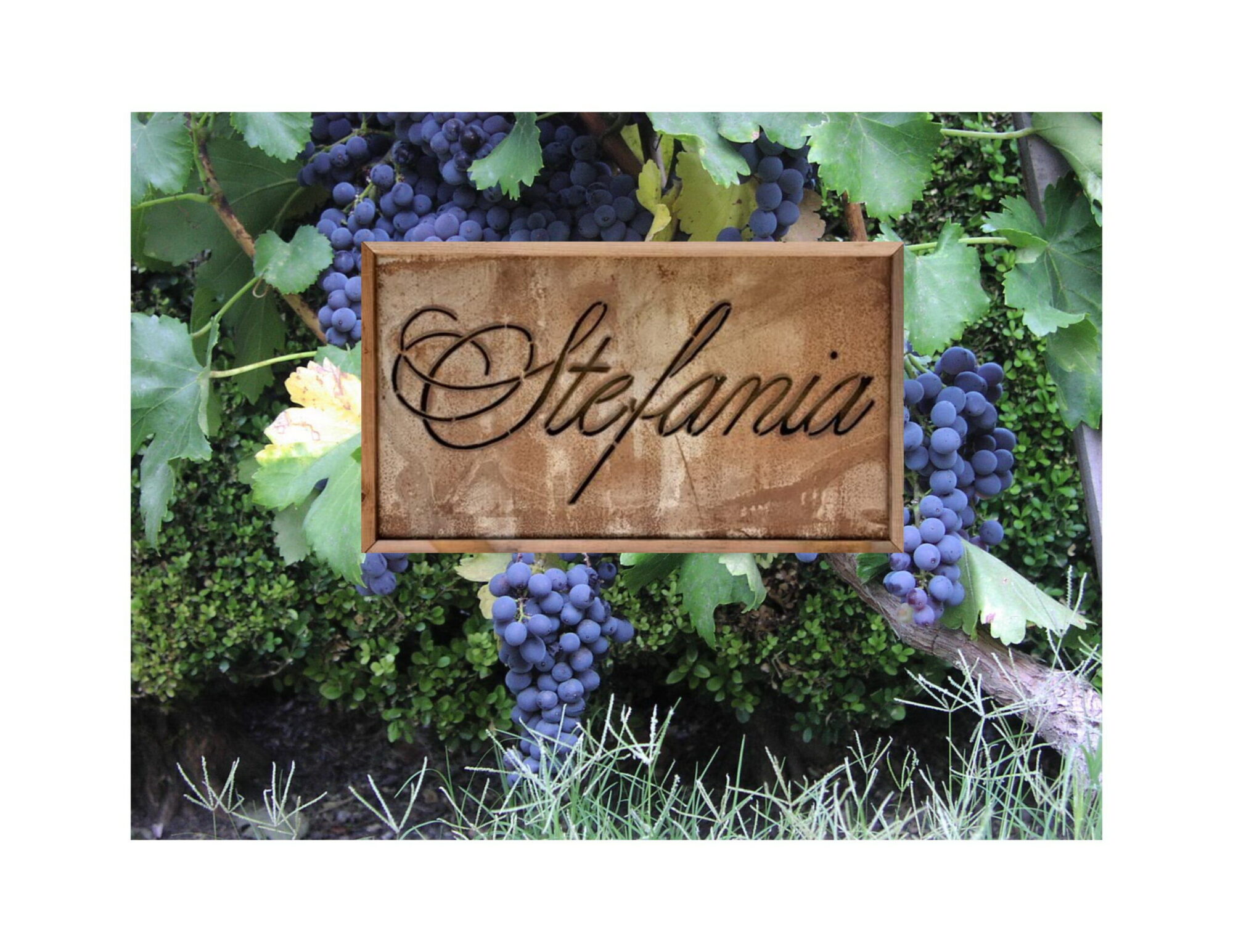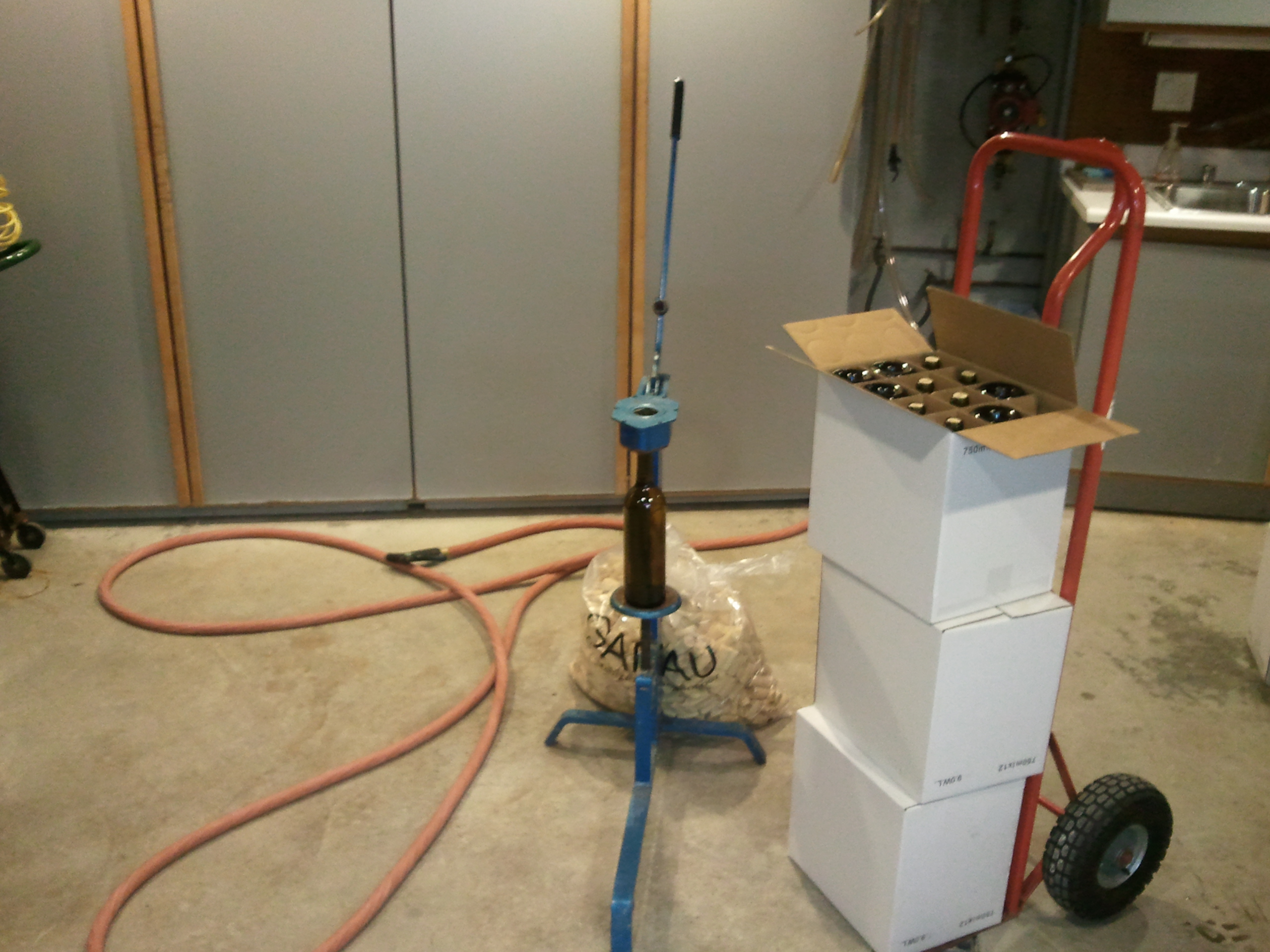Saturday Millie had been tucking and thinning at Chaine d’Or when we went and pulled her away to inspect the new Brauns vineyard.
Yields will be very low again due to shatter and poor fertility of the nodes. Fertility is determined the year before (2010). The nodes where new growth will come from need lots of sunshine before flowering to be fertile and last year there was little sun in the vineyard in May and June. So, fog in 2010 effects yield in 2011.
Shatter can have many causes. This year the two big issues where rain and cold during flowering. Grapes self pollinate . In the late Spring and early summer small flowers open up on the clusters. The flower then drops pollen on to the base and the grape is pollinated and will form into maturity. The weather needs to be warm and calm. Cold weather will keep the pollen from releasing. Stormy weather will disrupt the dropping of the pollen. We had cold weather and rain during flowering. Above you can see what happens. The cluster ends up with just a few grapes on the cluster. It looks like the cluster has been ‘shattered’ and the grapes have fallen off.
What we really needed to get done though was tucking and thinning. Tucking is making sure that the growth is up and into the wire system. This insures the plants get the right amount of sun and that we can get mildew spray on the vines. You actually tuck the shoots up into the wires. Thinning is removing any excess growth so that there is good airflow (which prevents mildew) and sun access for the shoots that remain.
It was clear on Saturday that there was more work than Millie and I could finish on our own on Sunday. The regular crew would still be working in Saratoga so we did something we have not done in a few years. We sent out an email to friends asking for emergency help. Amber, Dave and Wes came out to help Millie, Stefania and I on a warm Sunday.
Here’s what a row looks like before we start, note the fog hanging over the ridge line a mile away:
And after thinning:
Nice and cleaned up. We worked until 2PM, and Dave’s new work out routine made him the star tucker and thinner of the day. In all we finished 12 of the 22 rows. They were the longest ones though and Millie and I were able to finish the other 10 the next day.






